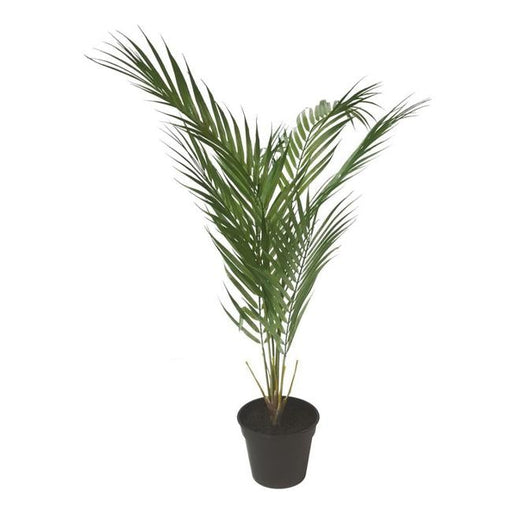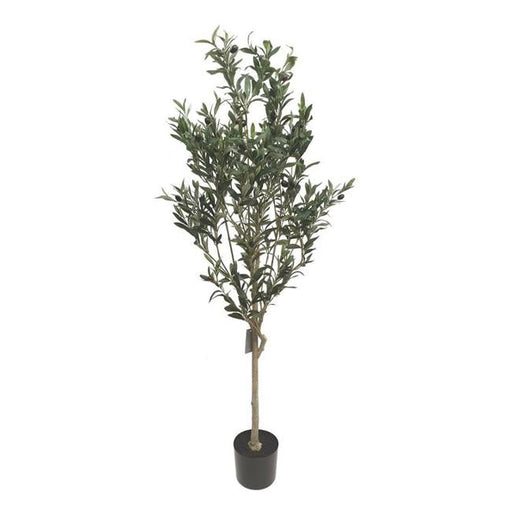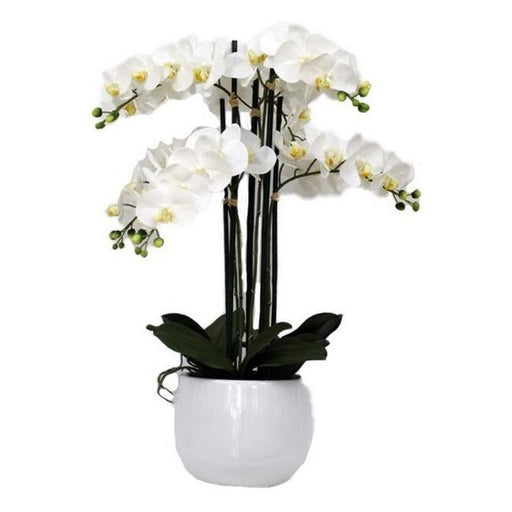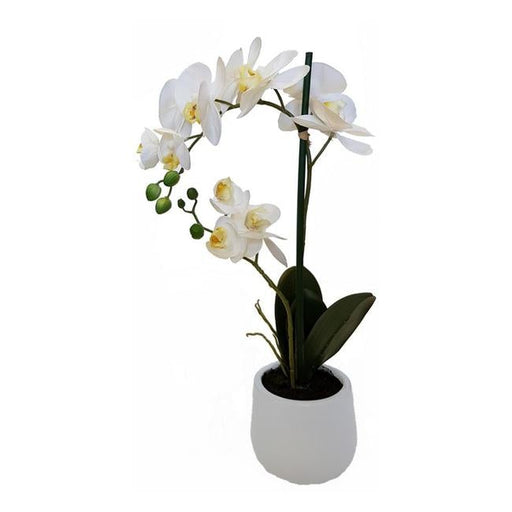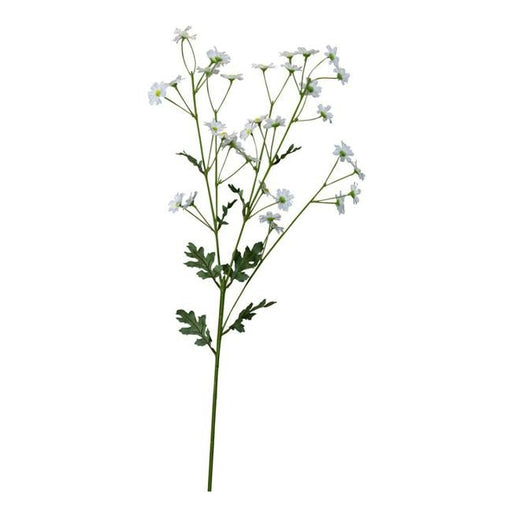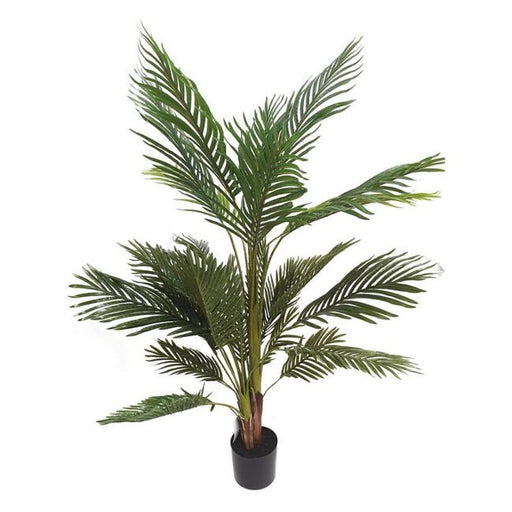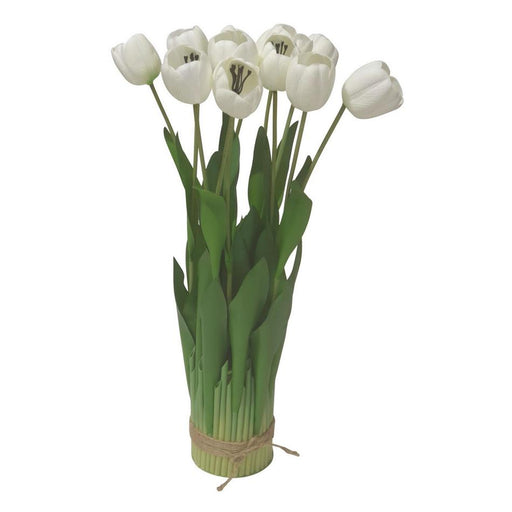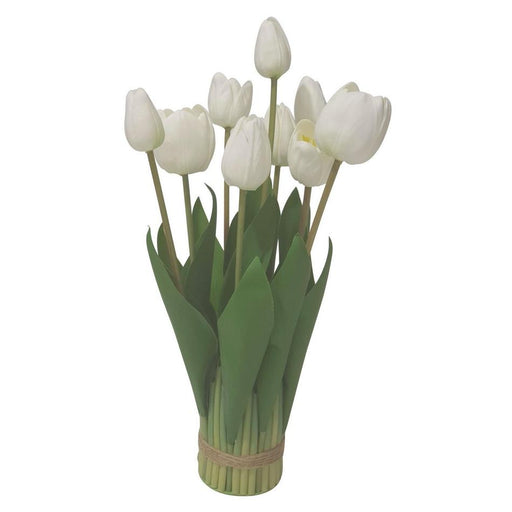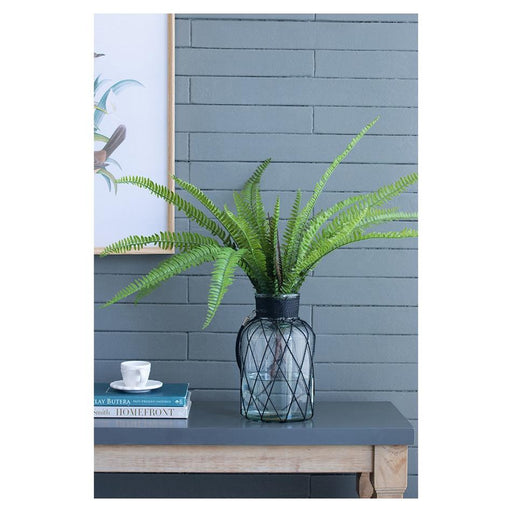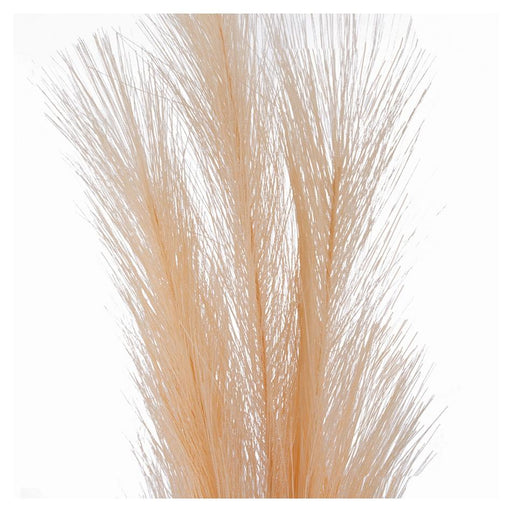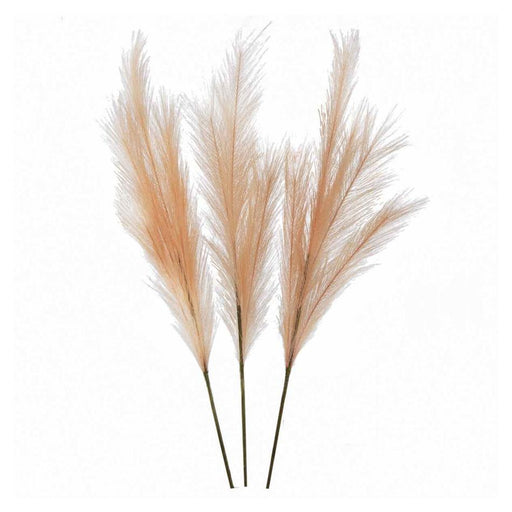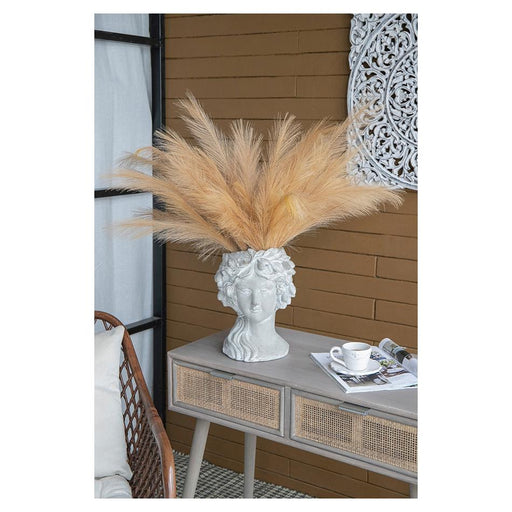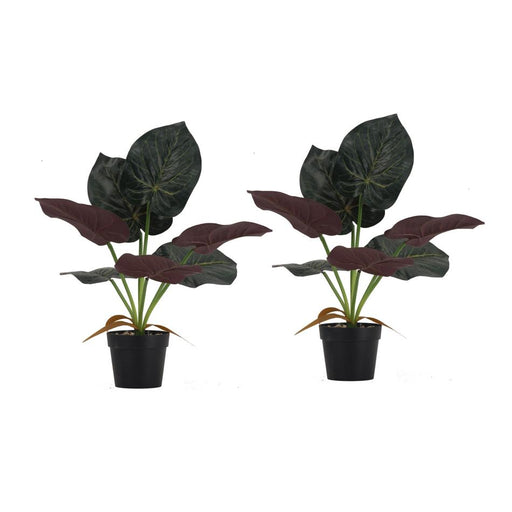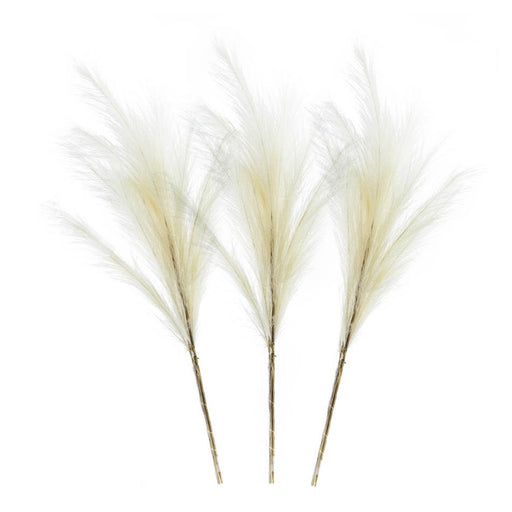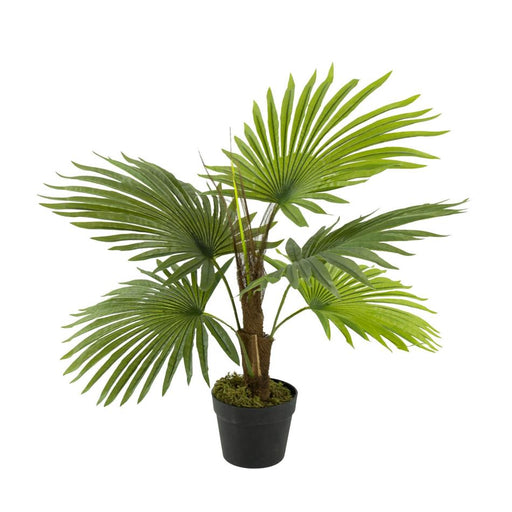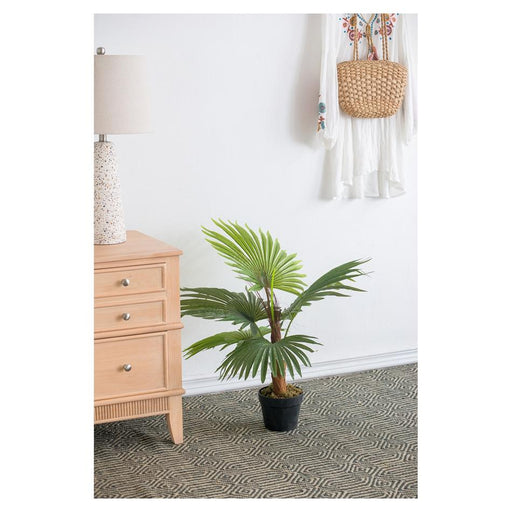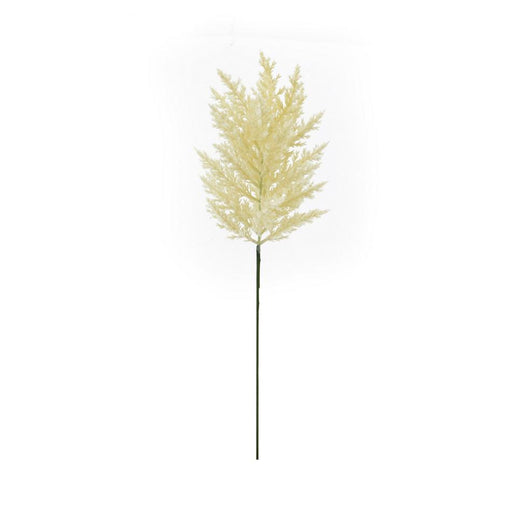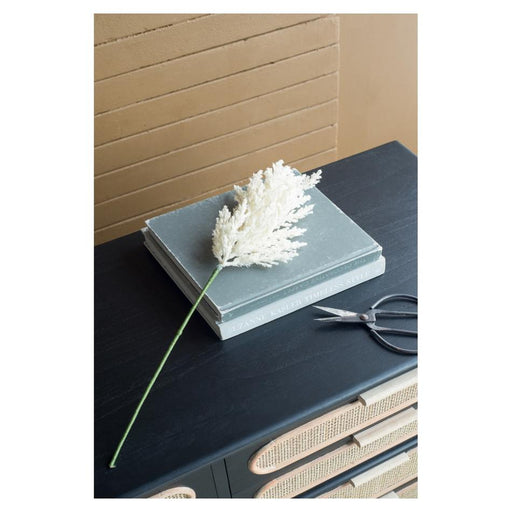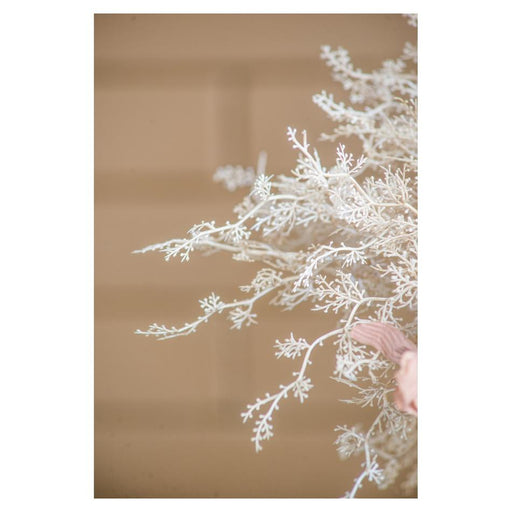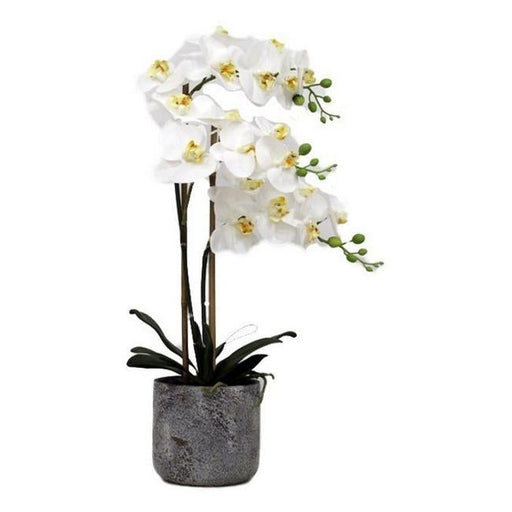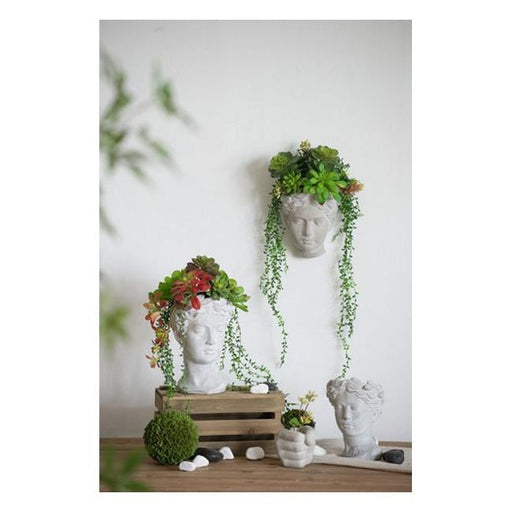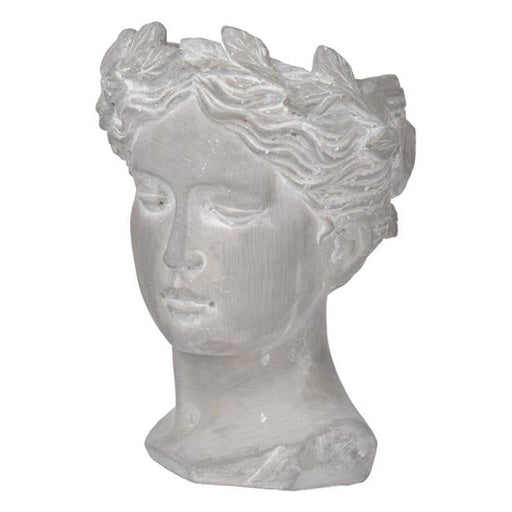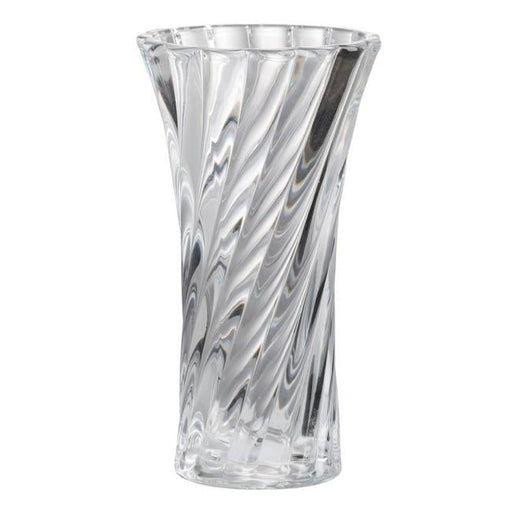What are the benefits of using artificial plants?
Artificial plants have become a popular alternative to real plants, offering a low-maintenance and long-lasting solution for home decor, offices, and outdoor spaces. Whether for aesthetics or practicality, here are some key benefits of using artificial plants:
1. No Maintenance Required
One of the biggest advantages of artificial plants is that they don’t require watering, pruning, or fertilising. This makes them perfect for busy individuals, workplaces, or environments where regular plant care isn’t practical.
2. Long-Lasting and Durable
Unlike real plants that can wilt, dry out, or die, artificial plants remain fresh and vibrant all year round. High-quality artificial plants are made from durable materials that can withstand various conditions without deteriorating.
3. Cost-Effective
Although the initial cost of artificial plants may be higher than real plants, they save money in the long run as they don’t require soil, fertilisers, or replacements due to seasonal changes.
4. Allergy-Friendly
Artificial plants are an excellent option for people with pollen allergies or sensitivities to plant-related allergens. They provide the beauty of greenery without triggering allergic reactions.
5. Versatile and Customisable
Available in various shapes, sizes, and colours, artificial plants can be used to match any decor style. They can be placed in areas with no natural light, such as bathrooms, windowless offices, or basements, where real plants would struggle to survive.
6. No Pests or Mould Issues
Unlike real plants, artificial plants do not attract bugs, pests, or mould. This makes them ideal for homes and businesses where hygiene is a priority.
7. UV-Resistant Options for Outdoor Use
Many artificial plants are UV-treated to withstand sunlight exposure, making them suitable for outdoor gardens, patios, and balconies without the risk of fading or damage.
8. Eco-Friendly Choices Available
Some artificial plant manufacturers use recycled materials, reducing the environmental impact. Additionally, they eliminate the need for pesticides, fertilisers, and excessive water consumption.
How do I clean and maintain artificial plants?
Artificial plants are a great low-maintenance alternative to real plants, but they still require occasional cleaning to keep them looking fresh and dust-free. With the right care, they can last for years without fading or looking worn out. Here’s a step-by-step guide on how to clean and maintain artificial plants effectively:
1. Regular Dusting
Dust can accumulate on artificial plants over time, making them look dull. Regular dusting helps maintain their fresh and natural appearance. Use a feather duster or a soft microfibre cloth to gently remove dust. For plants with intricate leaves, a small paintbrush or makeup brush works well to reach tight spots. A hairdryer on a cool setting can also help blow away dust without damaging delicate leaves.
2. Wiping with a Damp Cloth
For plants with larger, smooth leaves, wiping them down occasionally prevents buildup. Dampen a soft cloth or sponge with water and mild soap. Gently wipe the leaves and stems, removing any dirt or stains.Dry with a clean towel or let them air dry naturally.
3. Deep Cleaning with Water
If artificial plants have accumulated grime or have been outdoors, a deep clean might be necessary. Fill a sink or bathtub with lukewarm water and add a small amount of dish soap. Submerge the plants (if safe for water) or gently rinse them with a handheld shower or spray bottle.
Shake off excess water and let them air dry completely before placing them back.
4. Using Vinegar or a Mild Cleaning Solution
For stubborn dirt, a mixture of equal parts water and white vinegar can help disinfect and restore shine. Lightly spray the solution onto the leaves and wipe with a soft cloth. Avoid using harsh chemicals, as they may damage the plant’s colour or finish.
5. Preventing Fading and Sun Damage
Artificial plants exposed to direct sunlight can fade over time. To keep them looking vibrant: Use UV-resistant artificial plants for outdoor spaces. Rotate or reposition indoor plants to reduce prolonged sun exposure. Spray with a UV protectant spray to extend their lifespan.
6. Caring for Outdoor Artificial Plants
Artificial plants placed outside may collect dirt, leaves, or spiderwebs. Hose them down once a month to remove debris. Use soapy water and a brush for tough dirt buildup. Store them indoors during extreme weather conditions to prevent wear and tear.
Are artificial plants environmentally friendly?
Artificial plants offer many advantages, such as low maintenance and long-lasting beauty, but their environmental impact is a common concern. Whether artificial plants are environmentally friendly depends on factors such as materials, production, longevity, and disposal methods.
1. Materials and Production
Most artificial plants are made from plastic, silk, polyester, and wire, which require fossil fuels and energy-intensive processes to manufacture. The production of these materials contributes to carbon emissions and pollution, making them less eco-friendly than live plants in terms of initial impact.
2. No Water or Chemical Usage
One major eco-friendly benefit of artificial plants is that they don’t require water, fertilisers, or pesticides. This helps conserve water resources and reduces chemical pollution that would otherwise contaminate soil and waterways with traditional plant care.
3. Long Lifespan and Durability
Unlike real plants, which may need replacements due to seasonal changes, artificial plants can last for years with proper care. A long lifespan helps reduce waste and frequent replacements, making them a more sustainable option over time.
4. Recyclability and Disposal Issues
One of the biggest environmental drawbacks of artificial plants is end-of-life disposal. Most are not biodegradable and can take hundreds of years to break down in landfills. Some manufacturers are now producing eco-friendly artificial plants made from recycled or biodegradable materials, but these are still less common.
5. Alternatives to Reduce Environmental Impact
If you want to enjoy artificial plants while being environmentally conscious.
Choosing high-quality, long-lasting plants that don’t need frequent replacement. Buying from brands that use recycled or sustainable materials. Donating or repurposing old artificial plants instead of throwing them away. Recycling metal or plastic parts separately where possible.






